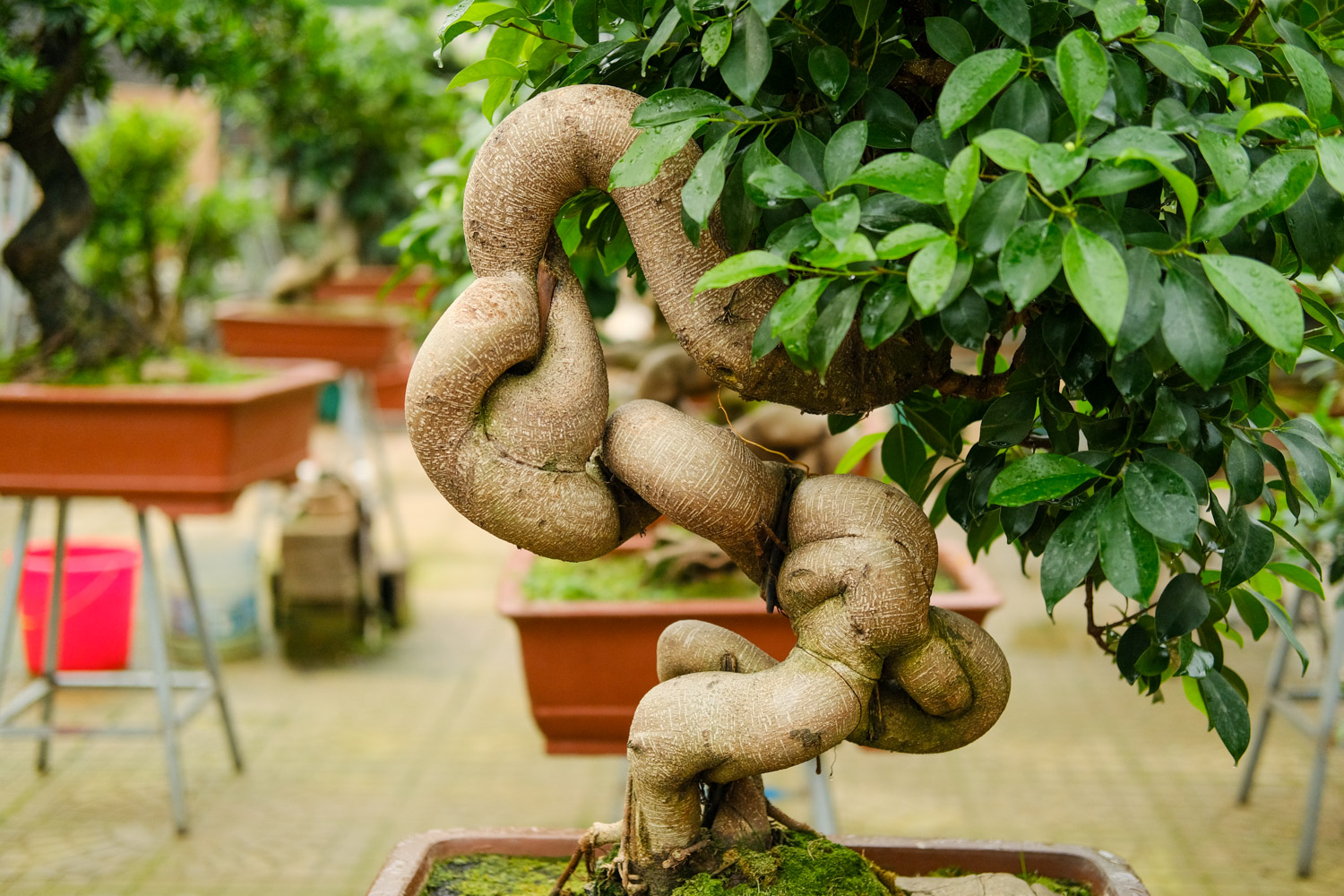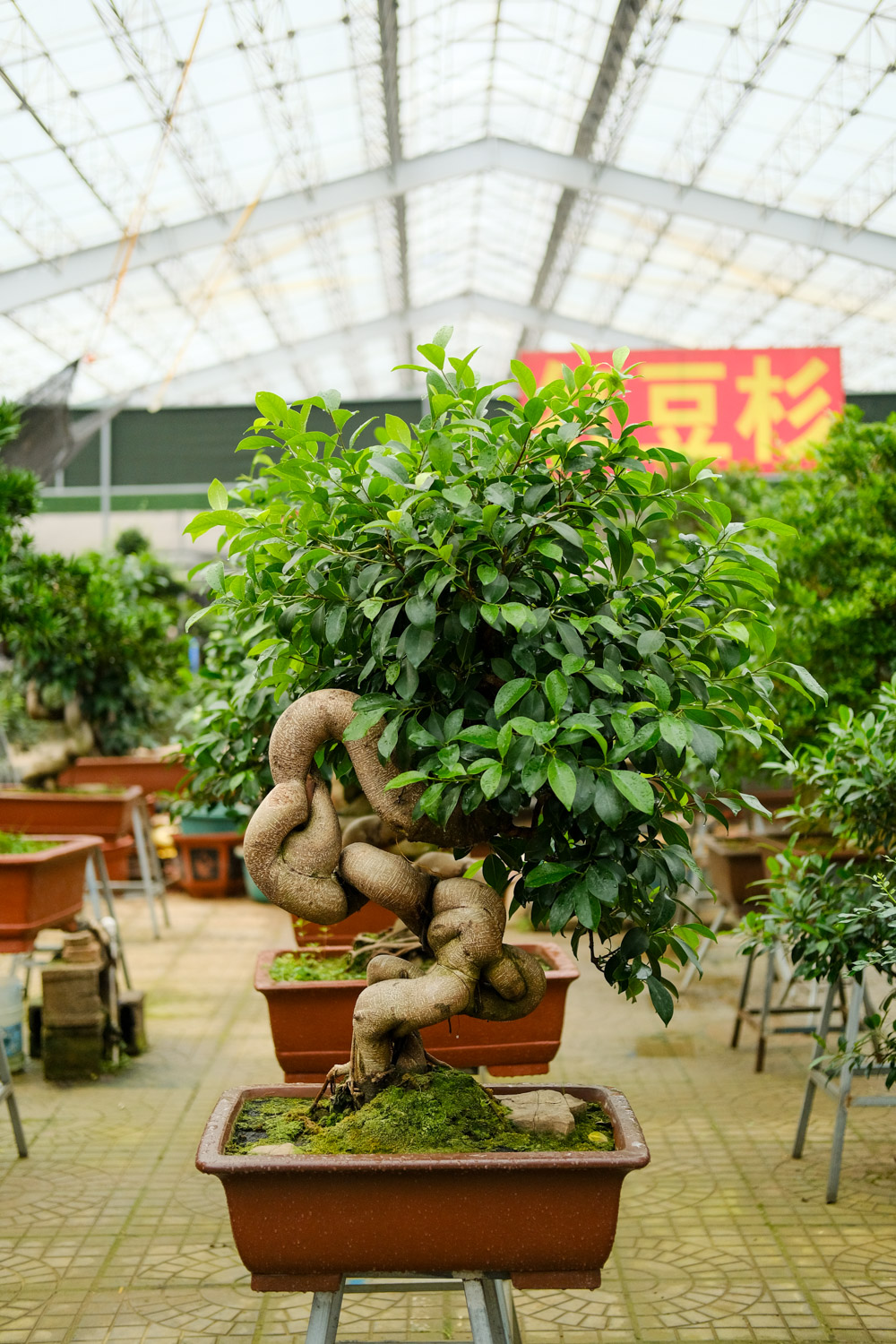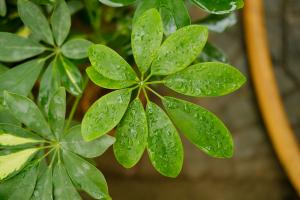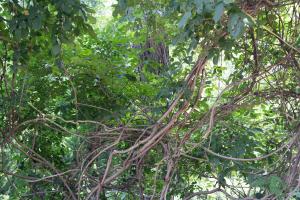Fertilization time and method of ginseng and banyan:
In fact, ginseng banyan is not good at fertilizer, so the simple way is to apply compound fertilizer to it once every season, but the fertilizer should be mainly nitrogen fertilizer, phosphorus fertilizer and potassium fertilizer, which can be guaranteed three to four times a year. Do not use too much fertilizer, which will cause the growth of plants and affect their overall shape
During its growth period, fertilizer can be applied once a month. The fertilizer is mainly phosphorus fertilizer and potassium fertilizer. When applying fertilizer, just bury the fertilizer in the soil, but do not contact the root directly to avoid burning the root

Precautions for fertilization of ginseng and banyan:
The ginseng banyan just bought needs time to adapt to the new environment, so there is often the phenomenon of leaf loss. Friends don't have to worry. At this time, it doesn't need any nutrients. It can't be fertilized until it takes the basin completely
When changing the basin for ginseng banyan, it is generally carried out in spring, so after changing the basin, fertilization can be carried out only when the temperature rises to more than 20 degrees

Problems and solutions of excessive and insufficient fertilization:
If there is too much fertilization, especially when there is too much nitrogen fertilizer and too little phosphorus and potassium fertilizer, it is easy to cause the leaves of plants to turn yellow. At this time, water a lot to let the fertilizer be discharged with the water, and then remove half of the soil in the basin and replace it with new soil
If too little fertilizer is applied, especially if no nitrogen fertilizer is applied for a long time, it is easy to cause the branches and leaves of the plant to shrink and the leaves will turn yellow. At this time, all the more fertile soil should be replaced, replanted, watered and moved to a cool place for maintenance

 how many times do yo...
how many times do yo... how many planted tre...
how many planted tre... how many pine trees ...
how many pine trees ... how many pecan trees...
how many pecan trees... how many plants comp...
how many plants comp... how many plants can ...
how many plants can ... how many plants and ...
how many plants and ... how many pepper plan...
how many pepper plan...





























